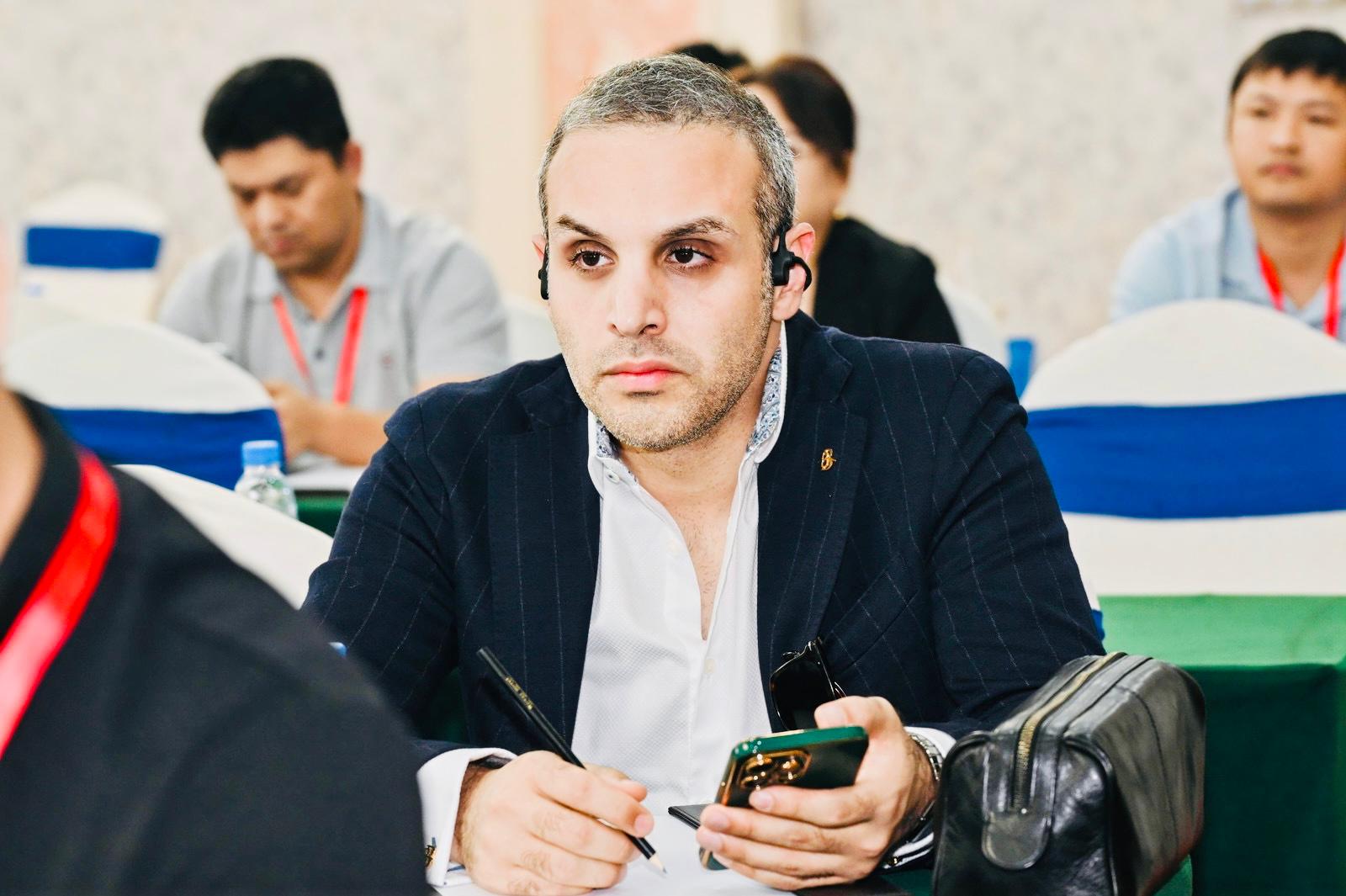
During my travels across the Arab world—from north and west Africa and the Gulf states—I’ve seen firsthand the deep respect for historical figures like Ibn Battuta, who himself referred to the Persian Gulf as “Bahr Fars” after visiting Iran. This name has also appeared in the writings of Marco Polo and Chinese explorer Zheng He, reflecting centuries of consistent recognition from East to West.
A Personal Reflection on History, Unity, and Respect
During one of my journeys to Morocco, I landed at Tangier Ibn Battuta Airport, named after the legendary 14th-century Moroccan traveler. That moment stayed with me. It was more than just an airport—it was a reminder of how deeply figures like Ibn Battuta are woven into Arab identity. His legacy isn’t just remembered in Morocco; during my travels across northa and west Africa, and the Arab states of the Persian Gulf, I saw how widely he is revered. His name appears in schools, books, and even in the oral stories locals tell. In many ways, he is a symbol of a shared heritage across the Islamic world, one that united—not divided—Arabs and Persians.
As someone who’s spent years visiting different parts of the Arab world, I’ve come to see this bond firsthand. Ibn Battuta himself journeyed through Iran, and in his own travel writings, he referred to the waters he crossed as the “Bahr Fars”—the Sea of Persia. He described Persian cities with respect, and his encounters reflected cooperation, not conflict, between peoples of different languages but shared cultures. He wasn’t alone in this. Marco Polo, the famous Venetian explorer of the 13th century, also traveled through Persia and referred to the gulf as the Persian Gulf in his records. And even Zheng He, the great Chinese admiral who led naval expeditions during the Ming Dynasty, recognized Persia’s place along this coastline. Chinese imperial records clearly acknowledged Persian control and trade dominance in the region.
So when some today attempt to rename the Persian Gulf for political reasons, it doesn’t just erase a name—it ignores centuries of history and the voices of those who actually walked these lands and sailed these waters.
This push to rename is often less about maps and more about creating conflict where there has long been coexistence. It’s an attempt to fracture a cultural memory shared between Arabs and Persians. But today, more than ever, I see Arabs and Persians as united—united in defending their sovereignty, their cultures, and their shared futures. This attempt to sow division won’t succeed, because the brotherhood among these peoples is too strong, and the modern world is too informed.
There’s also a right way to respond to these challenges. Emotional reactions can be understandable, but professional, educated, and institutional advocacy is far more powerful. That’s why it’s important to support people of Persian heritage who are working through proper channels. One notable example is Yassamin Ansari, an Iranian-American and member of the U.S. Congress, who has worked to protect Persian cultural representation. Her early advocacy even contributed to legislative efforts preventing U.S. presidents from accepting luxury gifts and from casually renaming places with long-established identities. These are the kinds of measured, policy-driven responses that can protect truth in the long run.
In the end, Iran isn’t just a modern country—it is one of the oldest continuous civilizations in the world. You don’t erase thousands of years of influence with a new map label. The name “Persian Gulf” is not just a term; it is a thread connecting explorers, empires, scholars, and nations. From Tangier to Tehran, and from Beijing to Venice, the record is consistent. And so is the truth.
Nasir Kazeroun
Brics Federation

